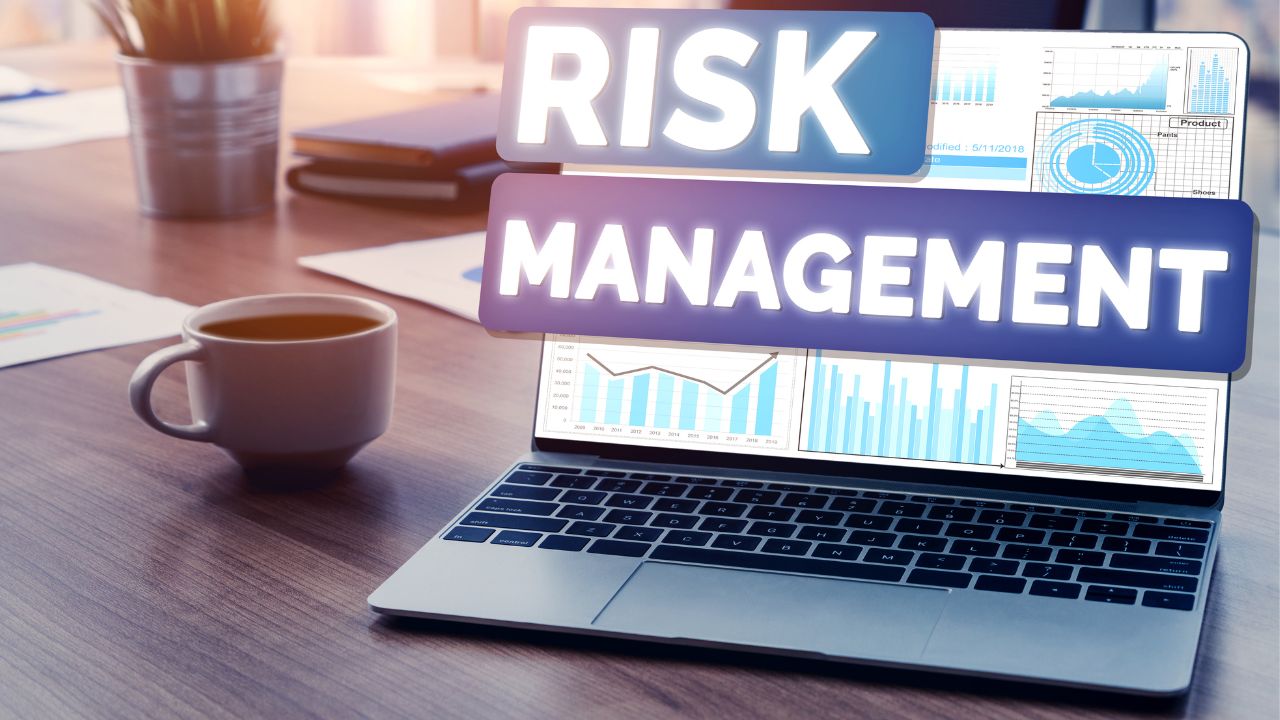
Increasing Risk Management with Data Visualization
In the ever-evolving landscape of cybersecurity, risk management has become a cornerstone in safeguarding organizations against digital threats.
As cyberattacks grow in sophistication and frequency, the need for proactive risk management strategies is more critical than ever. One emerging approach gaining traction is the integration of visualization techniques into cybersecurity practices. At its core, risk management in cybersecurity involves identifying, assessing, and mitigating potential threats to an organization’s digital assets. This process traditionally relies on complex data analysis and threat modeling to anticipate vulnerabilities and their potential impacts. However, visualizing these risks offers several advantages, including enhanced understanding, decision-making, and communication.
Visualization tools enable cybersecurity professionals to transform vast amounts of data into comprehensible charts, graphs, and diagrams. By presenting information in a visual format, complex relationships and patterns become more apparent, allowing analysts to identify potential vulnerabilities and threats more efficiently. Moreover, visualization enhances situational awareness, enabling organizations to respond promptly to emerging risks.
One notable application of visualization in cybersecurity is the use of heat maps to identify areas of vulnerability within a network. By aggregating data on factors such as access logs, system configurations, and threat intelligence, heat maps provide a visual representation of where security weaknesses may lie. This allows organizations to prioritize their efforts and allocate resources effectively to mitigate risks.
Furthermore, visualization can aid in incident response and decision-making during cyberattacks. Real-time dashboards and interactive visualizations provide cybersecurity teams with actionable insights into ongoing threats, enabling rapid response and containment. By visualizing the attack vector, affected systems, and potential impact, organizations can make informed decisions to mitigate the damage and prevent further exploitation.
Moreover, visualization facilitates communication between cybersecurity professionals and key stakeholders, including executives and board members. Complex technical information is translated into intuitive visuals, enabling non-technical individuals to grasp the severity of cybersecurity risks and make informed decisions regarding resource allocation and investment in security measures.

However, while visualization offers significant benefits, it is not without challenges. Security visualization requires careful consideration of data accuracy, privacy concerns, and the potential for misinterpretation. Additionally, the effectiveness of visualization tools depends on the quality of data inputs and the expertise of cybersecurity professionals in interpreting visualizations accurately.
In conclusion, integrating visualization techniques into risk management practices enhances the effectiveness of cybersecurity efforts by providing insights into threats, facilitating rapid response, and improving communication. As cyber threats continue to evolve, organizations must leverage visualization tools to stay ahead of adversaries and safeguard their digital assets.
